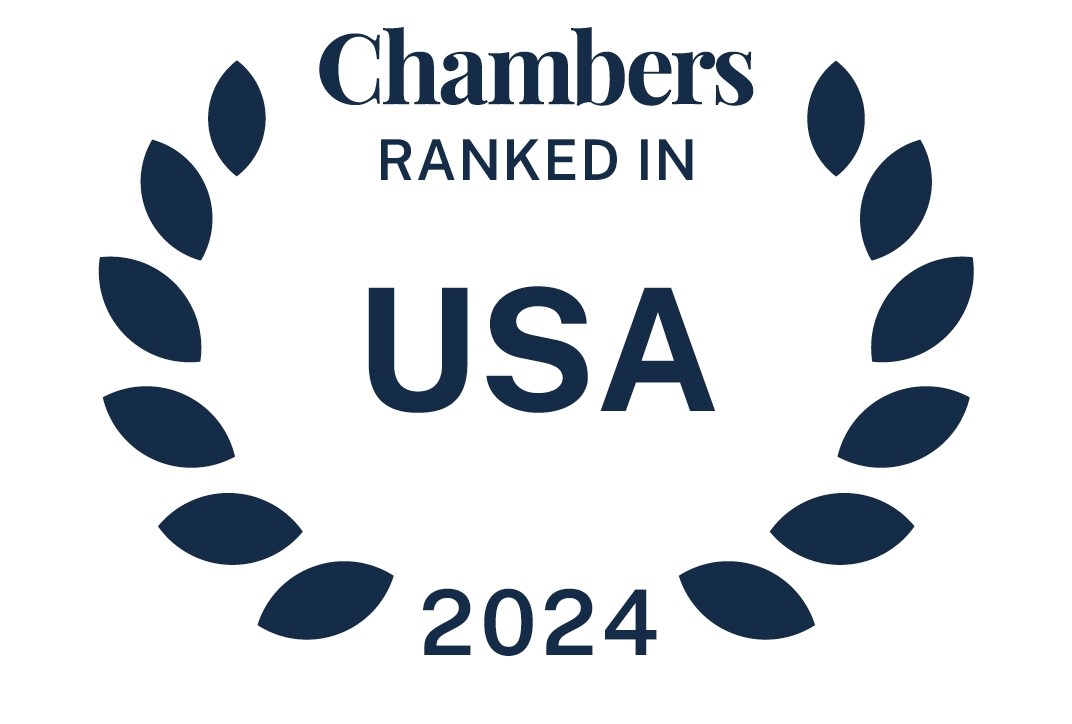This post continues our consideration of comments submitted in response to proposed regulations under the Mental Health Parity and Addiction Equity Act (MHPAEA). Our previous MHPAEA content is available here.
Under current law, if a plan provides any mental health or substance use disorder (MH/SUD) benefits in any classification of benefits, benefits for that condition or use disorder must be provided in every classification in which medical/surgical (M/S) benefits are provided. Classifications for this purpose include inpatient, in-network; inpatient, out-of-network; outpatient, in-network; outpatient, out-of-network; emergency care; and prescription drugs. The proposed regulations modify this standard by providing that a plan does not provide benefits for MH/SUD benefits in every classification in which M/S benefits are provided unless the plan provides meaningful benefits for treatment for the condition or disorder in each such classification “as determined in comparison to the benefits provided for medical/surgical conditions in the classification.”
The term “meaningful benefits” is nowhere defined. The regulators nevertheless “recognize that the proposal to require meaningful benefits [ ] is related to scope of services.” “Scope of services” for this purpose generally refers to the types of treatments and treatment settings that are covered by a group health plan or health insurance issuer. The preamble to the proposed regulation invites comments on how the meaningful benefits requirement “would interact with the approach related to scope of services adopted under the 2013 final regulations.” The preamble of the 2013 final regulations addressed an issue characterized as ‘‘scope of services’’ or ‘‘continuum of care’’ but otherwise failed to provide any substance. Two examples from the proposed regulations do, however, give us a sense of what the regulators have in mind.
- A plan that generally covers treatment for autism spectrum disorder (ASD), a mental health condition, and covers outpatient, out-of-network developmental evaluations for ASD but excludes all other benefits for outpatient treatment for ASD, including applied behavior analysis (ABA) therapy, when provided on an out-of-network basis. (ABA therapy is one of the primary treatments for ASD in children.) The plan generally covers the full range of outpatient treatments and treatment settings for M/S conditions and procedures when provided on an out-of-network basis. The plan in this example violates the applicable parity standards.
- In another example, a plan generally covers diagnosis and treatment for eating disorders, a mental health condition, but specifically excludes coverage for nutrition counseling to treat eating disorders, including in the outpatient, in-network classification. Nutrition counseling is one of the primary treatments for eating disorders. The plan generally provides benefits for the primary treatments for medical conditions and surgical procedures in the outpatient, in-network classification. The exclusion of coverage for nutrition counseling for eating disorders results in the plan failing to provide meaningful benefits for the treatment of eating disorders in the outpatient, in-network classification, as determined in comparison to the benefits provided for M/S conditions in the classification. Therefore, the plan violates the proposed rules.
Notably, the newly proposed meaningful benefits requirement is separate from, [...]
Continue Reading
read more


 Subscribe
Subscribe




